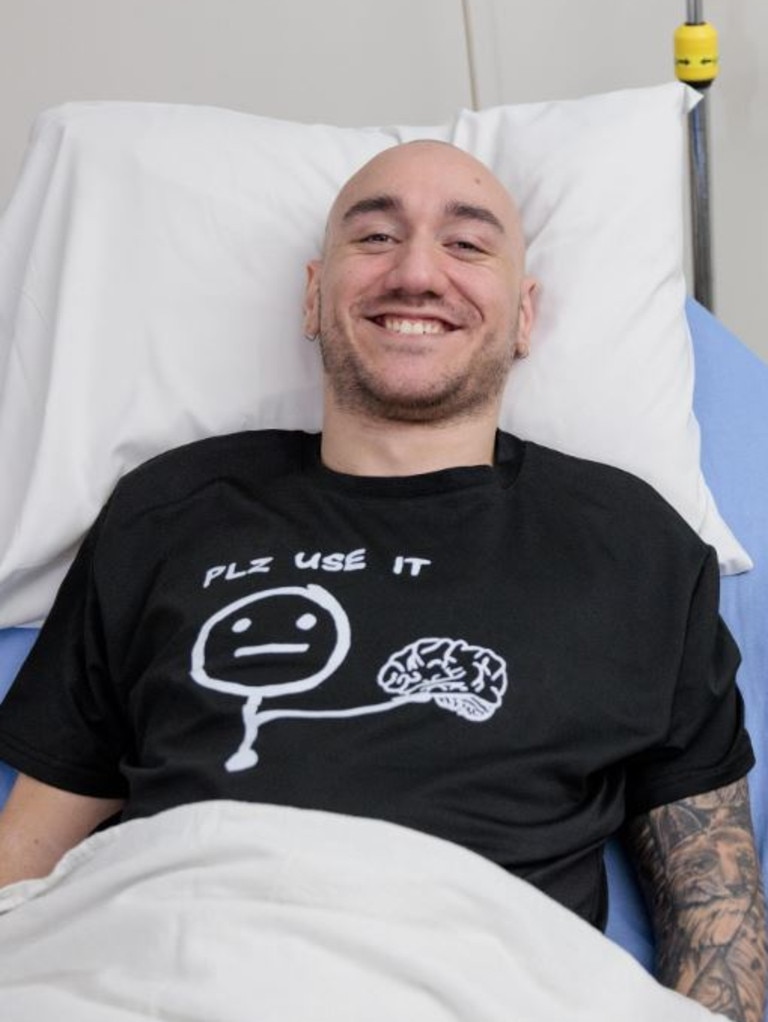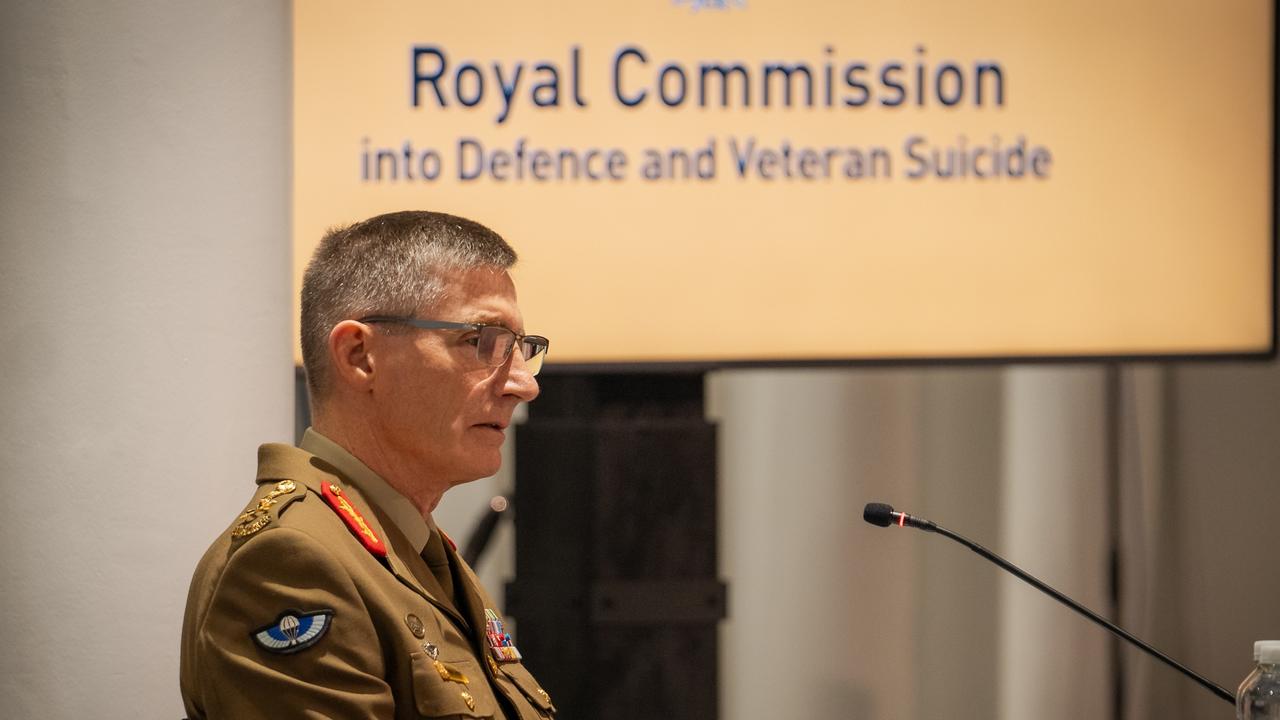‘Can’t stop’: Man reveals reality of having Elon Musk’s Neuralink brain implant
The first person to ever receive Elon Musk’s Neuralink brain chip has spoken out about what it is really like living with the implant.

Technology
Don't miss out on the headlines from Technology. Followed categories will be added to My News.
The first person to receive the Neuralink brain chip created by Elon Musk has spoken out about his experience with the implant.
Noland Arbaugh, 29, underwent surgery in January to have Neuralink’s brain-computer interface, known as a BCI, implanted.
The chip is designed to help patients with paralysis control external technology using only their mind, and Mr Arbaugh — who is paralysed from the shoulders down due to a diving accident eight years ago — is participating in Neuralink’s six-year trial to test the device’s safety.
Neuralink’s chip contains 1024 electrodes across 64 “threads” — which are thinner than a strand of human hair — that are programmed to gather data about the brain’s neural activity and movement intention and send that data to the company’s computer for decoding to transform the thoughts into action.


Mr Arbaugh went into surgery on January 28 for less than two hours in which the electronic threads of the chip were slid directly into his brain tissue.
When the 29-year-old woke, the first thing he said immediately left his mother in tears.
Mia Neely, his mum, was hovering over him when he opened his eyes and immediately asked her son if he was OK.
“And he says, ‘Who are you? I don’t know who this is,’,” she told Bloomberg.
This made her break down in tears and she was trying to get the attention of a doctor when she caught her son smiling.
Mr Arbaugh revealed he had planned the prank ahead of time, saying: “I wanted to let her know that everything was OK and to ease the tension”.
The young American man has now had about four months to get used to using the chip and is able to do things like playing video games, listening to audiobooks, and search the web with ease.
In March, Neuralink released a video of Mr Arbaugh using his “brainpower” to play a computerised version of chess.
Previously, if he wanted to do anything on his iPad, he would have to navigate the device using a stick he held with his mouth, which was often an arduous process,
Now, with the implant, he essentially has to think about where he wants the curser to move.


Arbaugh ‘cried’ after chip malfunction
However, just weeks after the astounding video of Mr Arbaugh’s demonstration was released into the world, he began to notice unexpected changes.
He found that he had less precise control over the curser on his screen and that there was a lag between his thoughts and the computer response.
Neuralink revealed that “a number of threads retracted from [Arbaugh’s] brain, resulting in a net decrease in the number of effective electrodes.”
When Neuralink told the 29-year-old what was happening, he said they didn’t know how serious it would be.
“It was really hard to hear. I thought I’d gotten to use it for maybe a month, and then my journey was coming to an end,” he said.
“I thought they would just keep collecting some data but that they were really going to move on to the next person. I cried a little bit.”


However, the company recently announced that it had been able to make modifications to make the implant more sensitive to neural signals.
This, with other improvements, “produced a rapid and sustained improvement in bits-per-second, that has now superseded Noland’s initial performance.”
Neuralink has not publicly disclosed what they believe caused the threads in Mr Arbaugh’s brain to move so much.
The young man believes the next person to get the chip will feel “exactly the same way I do”.
“Once you get a taste for using it, you just can’t stop. It blows my mind so much,” he said.
Musk also hinted that the technology could go even further.

According to Vox, one of his goals is to “achieve a symbiosis with artificial intelligence,” which could involve merging humans with AI.
The technology has previously been tested on terminally ill monkeys, and Musk claimed the chip had not caused any deaths.
“Neuralink has never caused the death of a monkey … in fact, we now have monkeys who have had Neuralink implants for two to three years, and they’re doing great,” he said last year.
He described the monkeys as living in “paradise”, despite reports some of the primates had horrible fates after receiving the implant, resulting in intense backlash from animal rights groups.
Originally published as ‘Can’t stop’: Man reveals reality of having Elon Musk’s Neuralink brain implant









